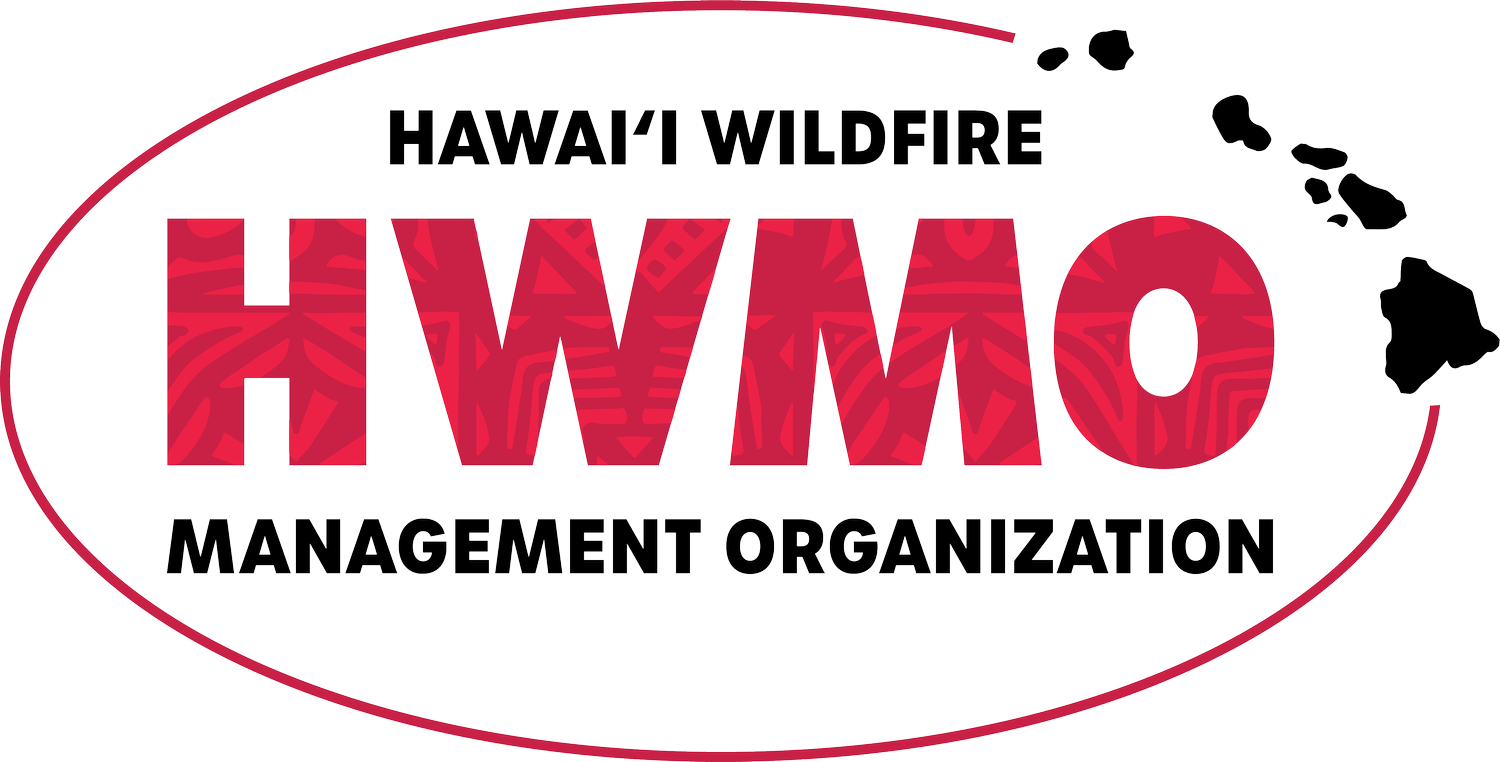Fire Adaptation Strategies from Across the Nation: My Travels in 2016
Great to see such amazing work happening across the nation -- we are so grateful to be a part of this movement towards Fire Adapted Communities. Mahalo to USAA's Rob Galbraith and Fire Adapted Communities Learning Network for the feature and encouraging support.
"Finally, I had the unique opportunity to spend a day with Pablo Beimler and the Hawaii Wildfire Management Organization (HWMO) on the Big Island in September. Pablo’s previous blog post captures much of what he shared with me, but I left so inspired by what HWMO has been able to accomplish with such a unique landscape (where fire is not a natural part of the ecology), being so remote from others and with limited resources. Their can-do spirit, willingness to innovate and strong sense of motivation and engagement has remained with me and inspires me to continue our work at USAA to further collaborate and support FAC Net members and affiliate members in their efforts."



